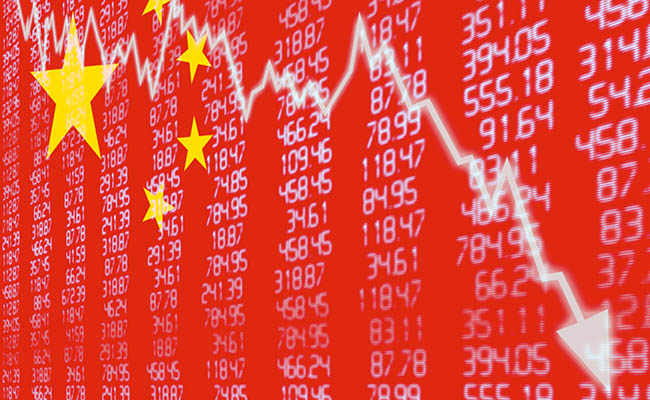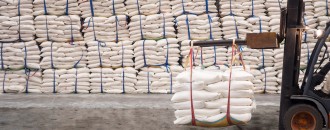The benchmark Shanghai Composite Index gained 2% to close at 3,186.41 points, after falling as much as 2.2% earlier
Source: PTI

The circuit breaker, which came into effect on January 1, was triggered on Monday and Thursday, after the key Hushen 300 Index plunged 7% within the first 30 minutes of trading.
January 08, 2015 | 6:19pm IST.

 The circuit breaker, which came into effect on January 1, was triggered on Monday and Thursday, after the key Hushen 300 Index plunged 7% within the first 30 minutes of trading.
The circuit breaker, which came into effect on January 1, was triggered on Monday and Thursday, after the key Hushen 300 Index plunged 7% within the first 30 minutes of trading.





 to success.
to success.